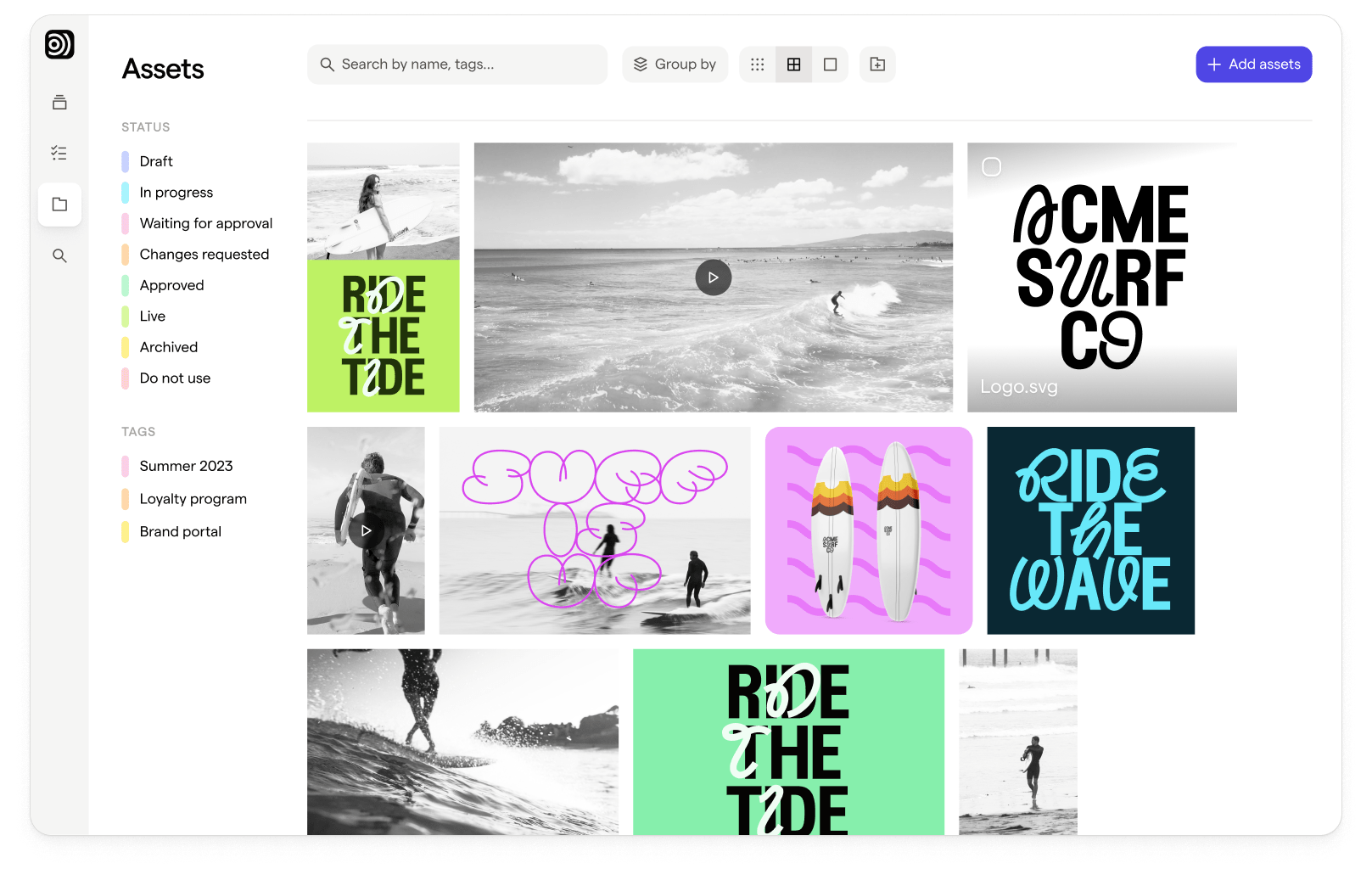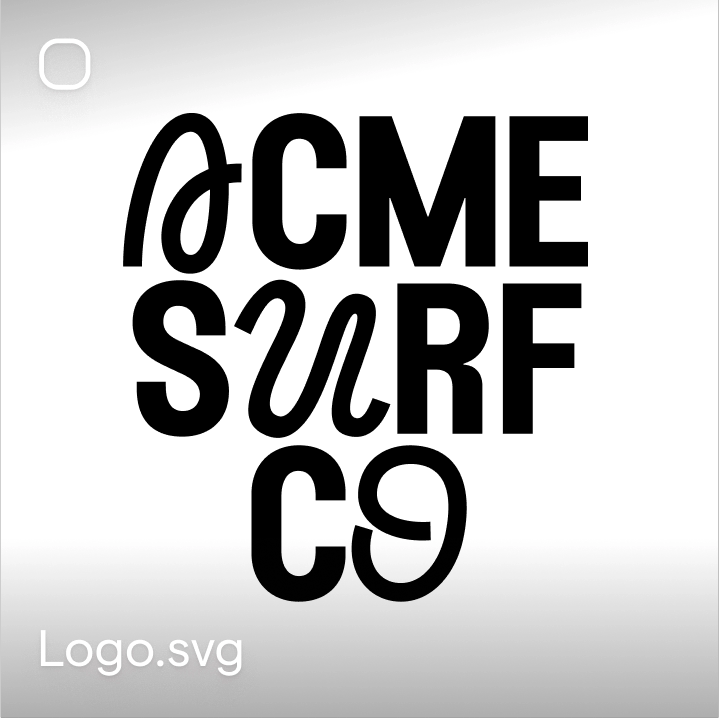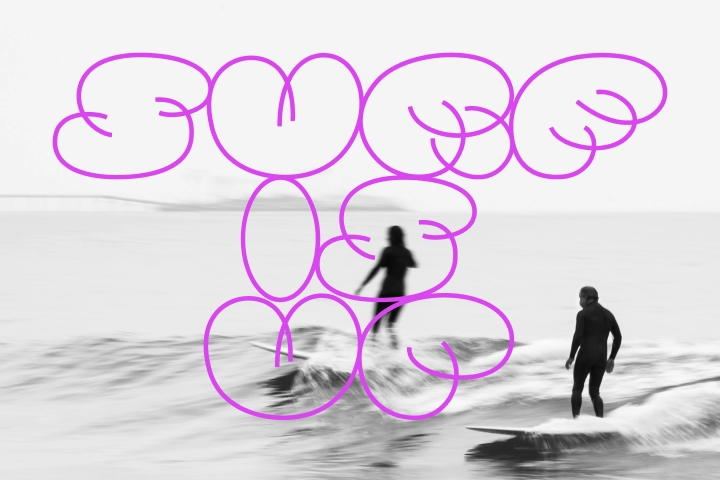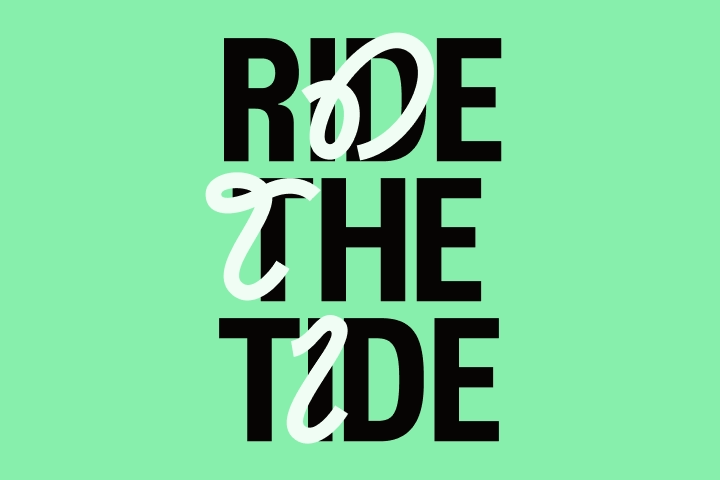Pre-launch Phase: Laying the Groundwork with Analytics and Design Precision
Predictive Market Research & Design
Designers are tasked with creating assets tailored to both current market sentiments and projected near-future trends. By combining predictive analytics and creative ingenuity, assets can be crafted to evoke desired player behaviors and outshine competitors.
USP Visualization
The game's Unique Selling Proposition needs to be visualized compellingly. By dissecting advanced metrics and understanding what truly resonates, designers can ensure every graphical element and gameplay footage aligns seamlessly with this USP.
Crafting Hypothesis-Driven Teasers
Teasers should intrigue while strategically building anticipation. Rigorous A/B testing and hypothesis-driven design iterations can help sharpen these assets for optimal market traction.
Launch Phase: Sharpening UA's Edge through Design Insights
Dynamic Trailer Crafting
Beyond encapsulating the game's essence, trailers can be gold mines of user behavior insights. By integrating engagement metrics with design refinements, you ensure an optimal balance between storytelling and player attraction.
ASO & Creative Symbiosis
Seamless collaboration between designers and UA teams ensures that both in-game visuals and app store creatives resonate perfectly, creating a harmonious and appealing brand image to prospective players.
Ad Variation Mastery
Delve into ad variation analytics to understand which design elements yield optimal click-through rates. Integrate these insights into iterative ad design processes, ensuring maximum conversion with minimal user drop-offs.
Post-launch Phase: Design-Driven User Re-engagement
Transforming Feedback into Design Insights
Aggregate and dissect user feedback to get actionable design insights. Rapidly integrating these into game updates can significantly enhance user engagement and satisfaction levels.
Retargeting Through Design Personalization
Generic retargeting often falls short. By tailoring ad creatives based on past player interactions and preferences, re-engagement campaigns can achieve significantly higher success rates.
Expansion Phase: Tailoring to Global Player Psychologies
Culturally Adaptive Designs
Global expansion isn't just about localization; it's about resonating with diverse player psychologies. Use analytics to understand cultural nuances and tweak design elements accordingly.
Ad Collaborations Informed by Design
When considering brand collaborations within ads, use player engagement data to ensure that these collaborations enhance, rather than distract from, the game's core appeal.
Maturity and Decline Phase: Harnessing Design's Transformative Power
Spin-off Design Informed by Legacy Insights
When venturing into spin-offs, extract insights from the original game's design successes and shortcomings. This ensures the new iteration benefits from past lessons.
Crafting Player-centric Offers
Design time-sensitive offers based on in-depth player engagement analytics, ensuring they are both visually appealing and resonate with the game's core player base.
Conclusion
In the dynamic world of mobile game advertising, particularly in the hyper-casual genre, a synergy between User Acquisition and design-driven creative strategies can spell the difference between fleeting attention and sustained success. Ensuring a meticulously tailored approach, informed by deep analytics and design expertise, remains paramount.
FAQ
How can we effectively align our UA strategy with rapidly evolving design trends?
Regular communication between the UA and design teams, combined with continuous monitoring of market trends, can ensure that your user acquisition efforts remain aligned with current design inclinations.
What's the most effective way to gauge the success of our ad variations?
Employ advanced analytics tools that provide real-time data on engagement metrics like click-through rates, conversion rates, and user retention post-click. This allows you to directly correlate ad design variations with their performance.
How can we integrate predictive analytics into our pre-launch design strategy?
Use predictive models to forecast market demands and player behaviors. These insights can guide the design team to create assets that not only cater to current players but also anticipate the needs and interests of future audiences.
Are there any specific design elements that universally enhance UA efforts across different locations?
While cultural nuances play a significant role, some universally appreciated design elements include clarity, engaging visuals, and intuitive user interfaces. However, it's crucial to adapt these elements to the specific preferences of each target market for optimal results.
How do we ensure that our post-launch design-driven user re-engagement strategies remain relevant?
Regularly update your design strategies based on user feedback and continuously monitor player engagement metrics. This will help in tailoring your designs to current player preferences while anticipating future trends.
What is Focal?
Focal is a creative asset management platform perfect for asset-heavy teams. With Focal, you can ship effective ads 10x faster.
Our key features are an AI-powered search for creative assets, advanced media mockups, and collaborative docs designed for marketers. All features in Focal are seamlessly connected with Slack and Figma, so you don't need to waste time on manual copy+paste.


.jpg)

















